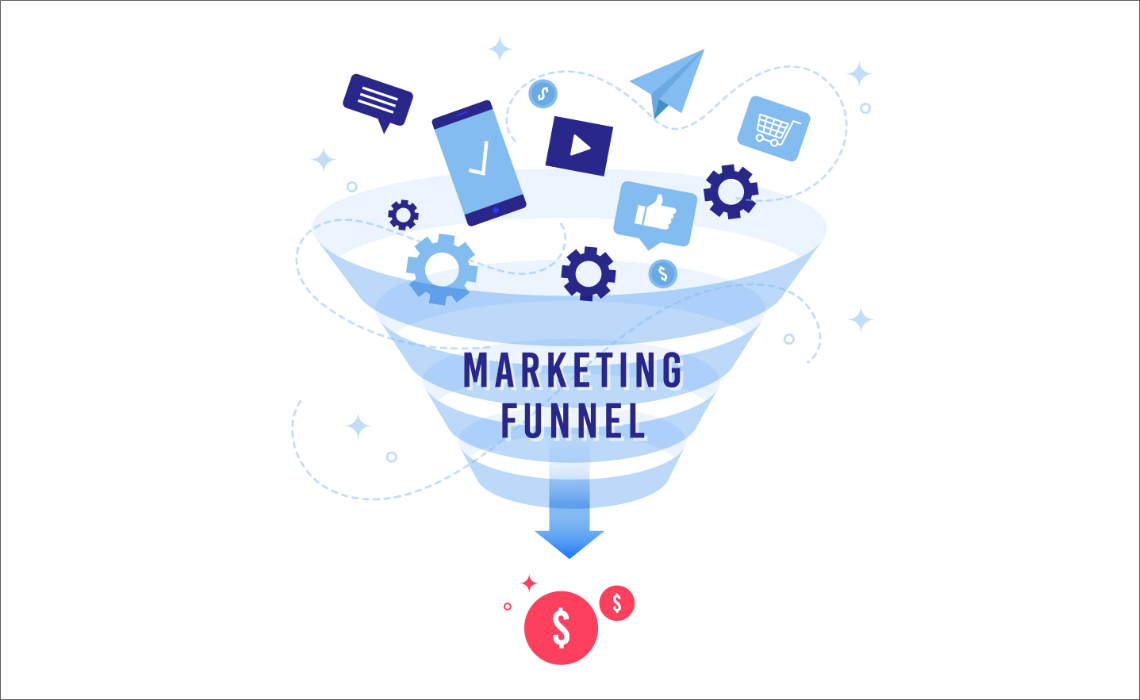Until now we’ve been discussing the user journey as being a trip that is taken down your sales funnel from start to finish, suggesting that if a user leaves, you’ve lost them. In reality, the user journey is more complex than that. Most users that purchase do so after leaving the sales funnel and coming back. Of interest to note is that when these users come back, it could be through a separate marketing channel where they enter an entirely different sales funnel.
Multi-touch conversions are conversions that happen after multiple visits by the user from multiple traffic sources. Now imagine a scenario where a user has never heard of your brand or product. They arrive at your website by clicking on an ad for a product they’ve done a search for. By doing so, this user enters the journey you started for them; they have entered your sales funnel. On your landing page, they learn about your product and they take steps toward converting. Often, they leave to compare offers from your competitors.
Next, they decide to do some research on your company by conducting a Google search. The user clicks on a Google search result which lands them on your “About Us” page. Meanwhile, it’s getting late so they decide to sleep on this decision. The next day the user is browsing the web and is served an ad on the Google Display Network for the product you were offering.
This ad was targeting them through a remarketing campaign you setup. After clicking on your ad they finally make a purchase. In this scenario, the conversion path had three touches.
- The initial click on the PPC ad after searching for and finding what they wanted.
- The visit, after a search for information about your company history. which incidentally ended up on your “About Us” page where the user got lost in the gallery of photos of your staff and their fun day.
- The last, and final, visit from the remarketing ad that they were served.
Scenarios where sales are made after multiple visits to your website happen and present some challenges. First, you’re going to have to identify some of these unplanned funnels by looking at where users are entering your site and optimize for them.
If potential customers are researching your company and ending up on your about us page, treat it more like a landing page with fewer distractions and even a call to action to go back to into the journey you want them to be on.
Second, you’ll need to have an attribution model for the most likely scenarios in order to give proper credit where it is due. Of three different channels of marketing, each with their own budget assisted in the sale, which one deserves credit for the sale?
Using Google Analytics, you can identify the top conversion paths and establish the role each touch played in making the sale. This will aid you in determining the value of each one. At a minimum, it’s important to be aware of these scenarios to gain an understanding of why you may have flaws in your data. This will allow you to better optimize your advertising performance and budgets. Better is the keyword. Nothing will ever be 100% accurate, but close can be more than enough.
This section will be about multi-touch conversions and steps you can take to better help users move down this awkward path.







